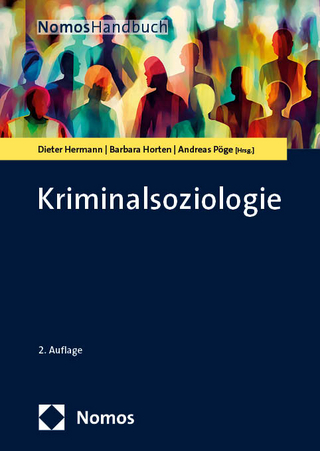
What Drives China’s Economy
Economic, Socio-Political, Historical and Cultural Factors
Seiten
2021
Routledge (Verlag)
978-1-032-08346-9 (ISBN)
Routledge (Verlag)
978-1-032-08346-9 (ISBN)
This book attempts to synthesise the reasons behind China's phenomenal growth based on two schools of econmoic thought and provides insights into whether and how China can sustain its growth, and how developing countries may replicate China's success.
The spectacular economic growth experienced by China since 1978 has often been hailed as the "China Miracle". Many economists have tried to understand the forces behind China’s phenomenal growth and the explanations can be divided into two broad schools of economic thought — one school of thought which includes Nobel Laureate Paul Krugman explains that market mechanism and deregulation led to China’s success, while the other school of thought which include Justin Yifu Lin, the former Chief Economist and Senior Vice-President of the World Bank, explains that China’s growth miracle is a unique model to itself defined by the Chinese government’s prominent role. The Chinese government has been responsible in identifying and investing in industries that have contributed to economic growth. Some economists in the latter school even claim that the China Miracle cannot be explained by mainstream economics.
This book examines both schools of thought and attempts to provide a synthesis of the two schools to explain the China Miracle. It looks at the Solow-Swan growth model, the Harrod-Domar model and transaction cost theory. It provides insights into whether and how China can sustain its growth and how developing countries may replicate China’s success.
The spectacular economic growth experienced by China since 1978 has often been hailed as the "China Miracle". Many economists have tried to understand the forces behind China’s phenomenal growth and the explanations can be divided into two broad schools of economic thought — one school of thought which includes Nobel Laureate Paul Krugman explains that market mechanism and deregulation led to China’s success, while the other school of thought which include Justin Yifu Lin, the former Chief Economist and Senior Vice-President of the World Bank, explains that China’s growth miracle is a unique model to itself defined by the Chinese government’s prominent role. The Chinese government has been responsible in identifying and investing in industries that have contributed to economic growth. Some economists in the latter school even claim that the China Miracle cannot be explained by mainstream economics.
This book examines both schools of thought and attempts to provide a synthesis of the two schools to explain the China Miracle. It looks at the Solow-Swan growth model, the Harrod-Domar model and transaction cost theory. It provides insights into whether and how China can sustain its growth and how developing countries may replicate China’s success.
Qing-Ping Ma currently works at Nottingham University Business School China. He has published two books on economics, Private Capital and Road to Developed Economy (editor) and The Theory and Practice of Pensions and Social Security, and articles on pension economics and China’s economic growth.
1. A brief history of China’s reform and opening 2. Interest rate control and China's economic growth 3. The social planner’s problem and institutional roles in China’s growth 4. The future of the China Model
| Erscheinungsdatum | 01.07.2021 |
|---|---|
| Reihe/Serie | Routledge Focus on Economics and Finance |
| Zusatzinfo | 12 Illustrations, black and white |
| Verlagsort | London |
| Sprache | englisch |
| Maße | 138 x 216 mm |
| Gewicht | 167 g |
| Themenwelt | Sozialwissenschaften ► Soziologie ► Spezielle Soziologien |
| Wirtschaft ► Volkswirtschaftslehre ► Makroökonomie | |
| Wirtschaft ► Volkswirtschaftslehre ► Mikroökonomie | |
| ISBN-10 | 1-032-08346-8 / 1032083468 |
| ISBN-13 | 978-1-032-08346-9 / 9781032083469 |
| Zustand | Neuware |
| Haben Sie eine Frage zum Produkt? |
Mehr entdecken
aus dem Bereich
aus dem Bereich
eine Einführung
Buch | Softcover (2024)
De Gruyter Oldenbourg (Verlag)
29,95 €


